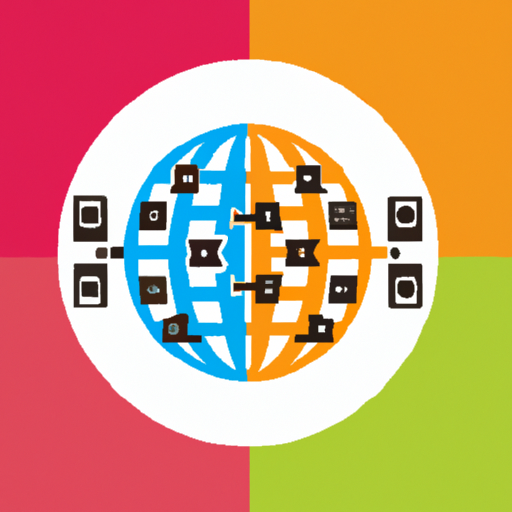In recent years, Spatial Computing has emerged as a groundbreaking technology that combines the physical and digital worlds. It encompasses a range of applications, including Augmented Reality (AR), Virtual Reality (VR), and Mixed Reality (MR), transforming how we experience and interact with our environment. As industries begin to adopt these technologies, the implications for businesses and consumers alike are profound.
What is Spatial Computing?
Spatial Computing refers to the technology that enables computers to understand and interact with the physical world. This includes a mixture of hardware, software, and methodologies that process spatial data to create immersive experiences. With the help of advanced 3D mapping techniques, devices can track our movements and provide a seamless blend between digital information and the real world.
Key Technologies Driving Spatial Computing
- Augmented Reality (AR): AR overlays digital content onto the physical world through devices like smartphones and AR glasses. Popular applications include gaming, retail, and training simulations.
- Virtual Reality (VR): VR immerses users in a fully digital environment, blocking out the physical world. It’s widely used in gaming, education, and virtual tours.
- Mixed Reality (MR): This technology enables real-time interaction between physical and digital objects, paving the way for innovative applications in various fields.
Applications of Spatial Computing
The impact of Spatial Computing can be seen across various sectors:
- Healthcare: Surgeons are utilizing VR for simulation and training, allowing them to practice complex procedures in a risk-free environment.
- Real Estate: Virtual property tours allow potential buyers to explore homes remotely, enhancing the buying experience.
- Education: Interactive learning experiences are made possible, helping students visualize complex concepts through AR and VR tools.
- Retail: Brands are using AR to enhance shopping experiences, enabling consumers to visualize products in their environment before making a purchase.
The Future of Spatial Computing
As technology progresses, the future of Spatial Computing looks promising. We can expect significant advancements in hardware capabilities, software development, and accessibility. As more industries embrace these technologies, we’ll see increased innovation and more efficient workflows.
With the global market for Spatial Computing projected to soar, businesses must stay ahead of the curve by understanding and integrating these technologies into their strategies.
Conclusion
Spatial Computing is not just a trend; it is shaping the digital landscape and changing the way we engage with our surroundings. By embracing AR, VR, and MR, businesses and individuals alike can unlock new possibilities, empowering the next generation of digital interaction.
Stay informed about the advances in Spatial Computing and how they can benefit you or your business. The future is not just ahead; it is here!
Tags: Spatial Computing, Mixed Reality, Augmented Reality, Virtual Reality, 3D Mapping




